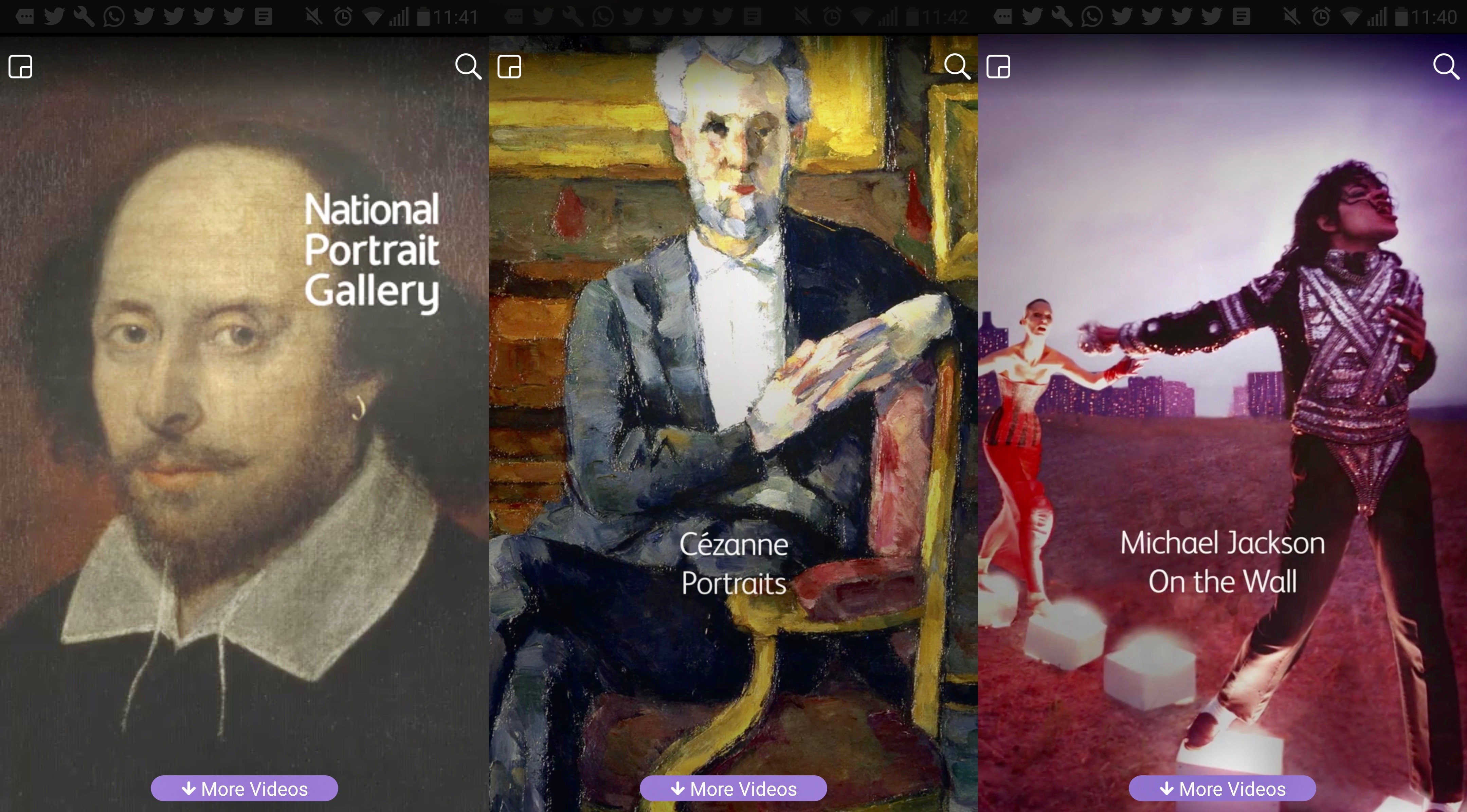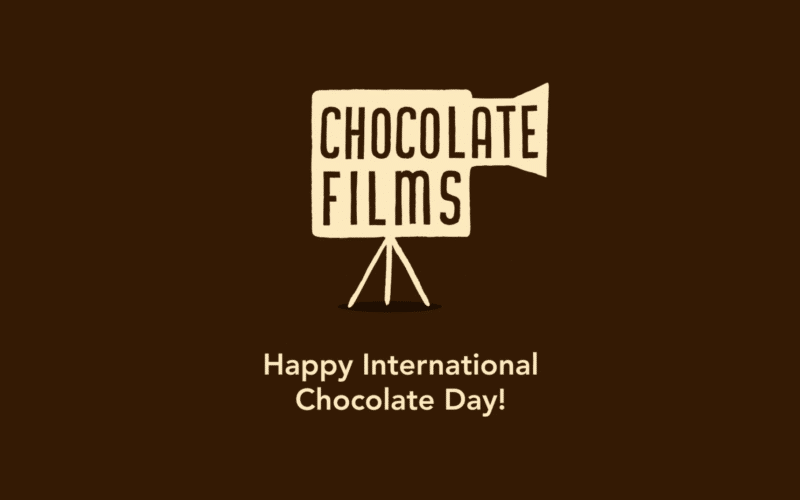For their end of the year Membership campaign, Chocolate Films produced a film for the National Portrait Gallery, and recommended that it should be a full-screen vertical film. Check it out here:
Why do we recommend vertical video for social media campaigns?
We recommend vertical video for social media campaigns more and more. Since the end of 2016, mobile internet has been exceeding desktop globally and research shows we spend over 3 hours per day on mobile devices. We hold our phones vertically 94% of the time, so why should we have to turn it on it’s side to watch a video? Shifting between viewing different types of content needs to be seamless if we want to keep our audiences engaged.
Is vertical video more effective?
Put simply, yes. There are many stats. online about how much more effective vertical video is. Snapchat is the industry leader in vertical video and they claim users watch vertical ads to the end 9 times more often than horizontal ones.
But can you tell a compelling, beautiful story vertically?
Our TVs and desktop computers are landscape, so widescreen video is what we’re used to. And because it’s associated with old TVs, squarer videos are seen as less high quality. However, there can be aesthetic advantages to vertical video. The move to wider and wider screens was driven by cinemas looking for a competitive advantage over television. So out went the squarer Academy ratio (which was good enough for Citizen Kane) and in came Cinerama and Cinemascope. But human bodies and faces fit more naturally into a vertical frame, making it a more natural and intimate way of communicating – there’s a reason why the shape is also known as ‘portrait’. From a composition point of view, we’d never ask all painters to use the same shape of canvas, so why should filmmakers be any different?
What are the best aspect ratios for social media platforms?
We recommend producing content at 1080 x 1920px. This means that the film will fill the whole screen vertically as soon as it’s clicked. On most of the main social platforms videos display without black borders. And on Youtube on Android, if you click a vertical film, the borders disappear.
However there are a few issues to be aware of when using this shape.
On Facebook, when the video appears in the timeline it will only show 1080 x 1620px. Practically this means that any content in the top or bottom 150px of the frame will be cropped in the timeline. When the preview of the film appears in the ‘videos’ browser in Facebook it will only show the top 608px of the screen. So if there is any content that you want to be immediately visible no matter where the film is seen you should put it between 150 and 600px from the top of the screen.
How do you make Vertical Videos?
On a phone, it’s easy. You just hold your phone up and shoot. And for animation it makes very little difference – you just set it up as a vertical project. However, if you’re looking to shoot something with higher production values it gets a little more challenging. At Chocolate Films we shoot 4K on a Canon C300mkii or Sony A7Sii, and mask the screen so that we are aware of the eventual frame of the output.
If you don’t have access to a 4K production camera it can be a little trickier, because you have to turn the camera on its side for the shoot. In these situations we then recommend the half-way house of square 1:1 video (1080 x 1080 px). This doesn’t fill the screen quite as completely as the full length video, but it’s still far better than a simple 16:9 video. The advantages are that it is easier to shoot (as you just have to crop the sides from an HD video) and it’s a great format for Twitter too. We recently shot this campaign film for St Mungo’s charity in this format.
So, vertical all the way?
No. But understanding and using the different shapes and sizes of video screens is increasingly important when communicating using video. If a film’s for TV, or cinema or a presentation then landscape is still great. However, if it’s primarily for social then vertical can be much more effective. At Chocolate Films, we generally recommend generating a suite of outputs for our films to enable them to be effective for all the envisaged platforms.
{{cta(’52f79195-ddf5-4af3-a8e2-641385adcd04′)}}
Read more:
’10 Tips To Win At Online Video’
‘How Helpful Video Content Can Boost Your Online Traffic’






